Women on leadership career paths took part in a business management program led by some of the world’s top professors. Their faces showed their complete readiness to lead Japan.
Women on management career tracks at companies from various industries across Japan gathered with great enthusiasm in Tokyo in January 2020 for the Executive Program for Women Leaders.
During the closing party, Prime Minister ABE Shinzo gave the participants powerful words of encouragement, saying, “Every year, the number of women who study management from world-leading professors has increased. That is excellent. I intend to exert every effort to create an environment and develop policy measures to allow women like you to unleash their full potential.”
Encouraging women to join the workforce has been a top issue in Japan. The government and the private sector have joined forces to help create an environment where women can thrive, developing systems and making efforts to change attitudes. As a result, the number of working women in Japan has risen over a period of six years by more than 2.8 million compared to 2012. Meanwhile, according to Organisation for Economic Co-operation and Development (OECD) research, the workforce participation rate for Japanese women aged 15 to 64 has increased over that same period by about 8%, exceeding that for countries such as the United States and France.

ABE Kazumi of All Nippon Airways Co., Ltd.
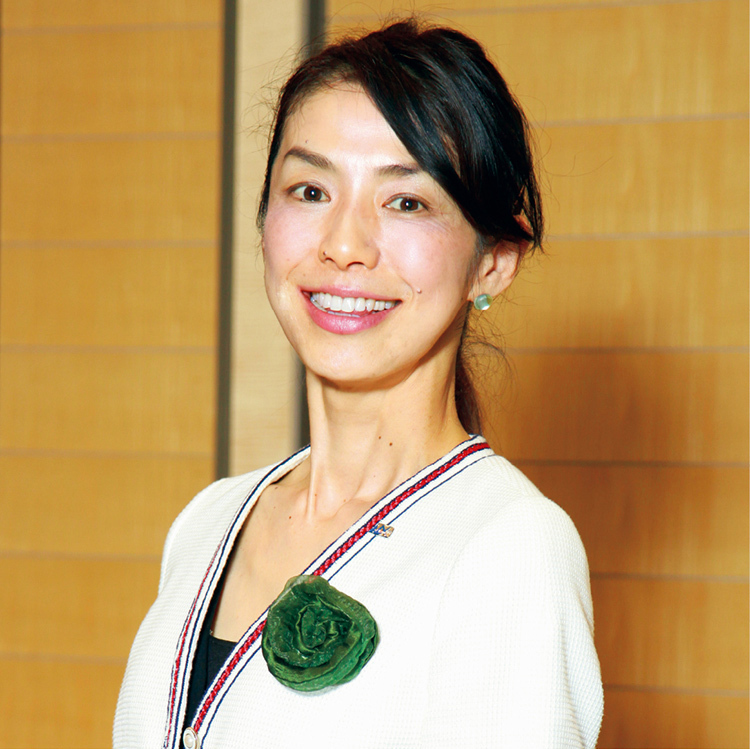
ONO Noriko of Max Co., Ltd.
When one looks at the ratio of women active as executives, that figure is only 5.2%, indicating that there is much more room for improvement compared with Western countries.[1] Therefore, the Japanese government has lent its support in holding the Executive Program for Women Leaders since 2017 in a continuous push to nurture women into leaders.
The program is run by notable instructors from the Harvard Business School (HBS): Professor David A. Moss, Professor Joseph L. Badaracco, Jr., and Professor TAKEUCHI Hirotaka. Rather than merely providing lectures, the program is organized in a case study format. Participants examine real-world cases from an executive’s point of view, and engage in active discussion with each other to develop leadership qualities such as perceptiveness, strategic thinking, and a comprehensive capacity for judgement.
ONO Noriko, at Max Co., Ltd., who joined the program, said, “In business, there’s not only one answer.” She added, “I learned the importance of eliciting diverse opinions to find the appropriate answer to each situation. Now I want to change the way I reach decisions.”
Another attendee, ABE Kazumi, who works for All Nippon Airways Co., Ltd., said, “This program has helped me to improve my skills.” She went on to say with enthusiasm, “More women are becoming leaders at my company. I think that this trend will spread throughout Japan. I want to tell the young women whom I work with about what I learned here.” The great determination of these women seems likely to change their companies and, eventually, society.
[1] From the Women Executives Information Website, sponsored by the Gender Equality Bureau Cabinet Office
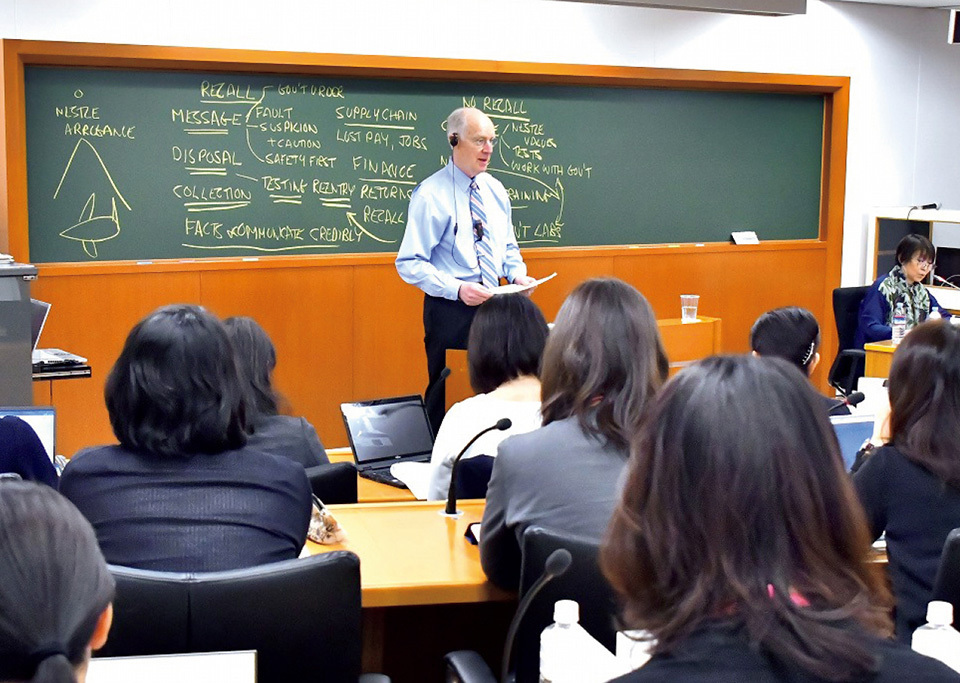
The program is not simply about accumulating knowledge, but rather about engaging in hands-on thinking drills.
The instructors said that these women will help boost the Japanese economy.
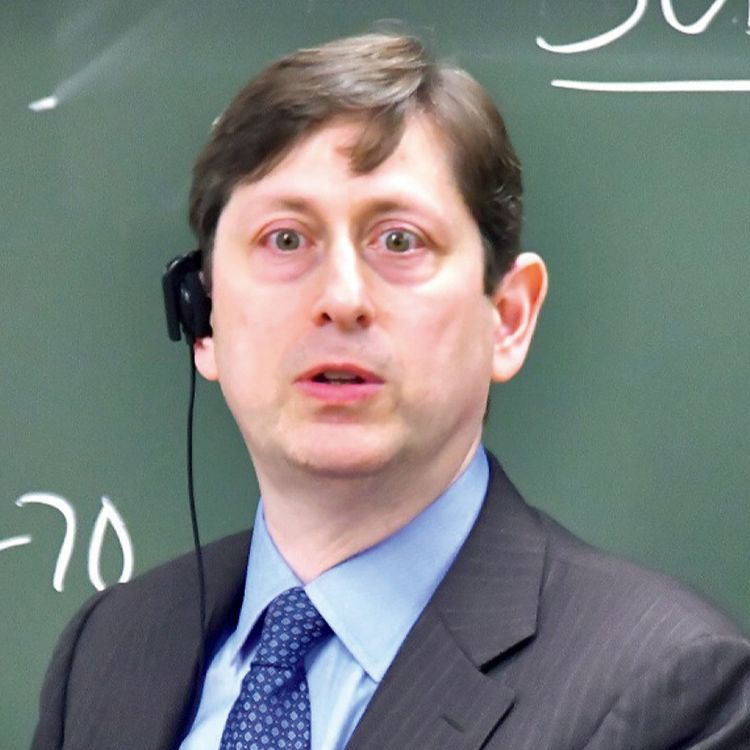
David A. Moss in Macroeconomics Environment.
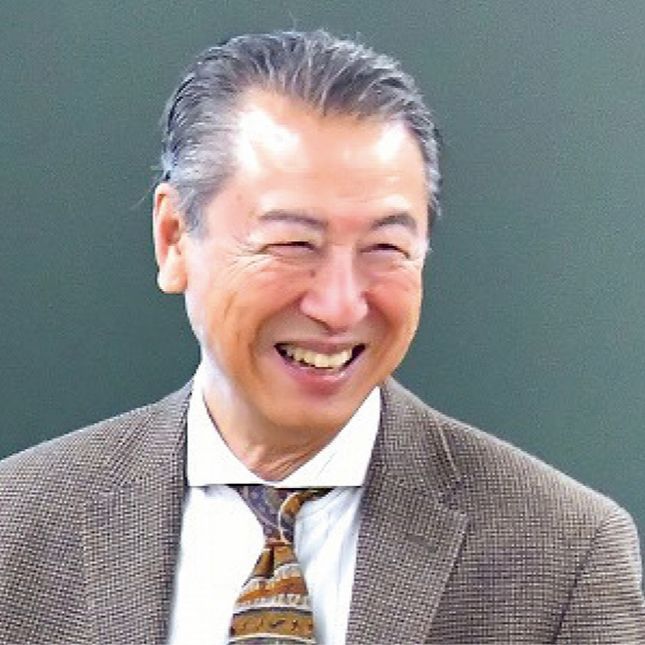
TAKEUCHI Hirotaka in Competitive Strategy.
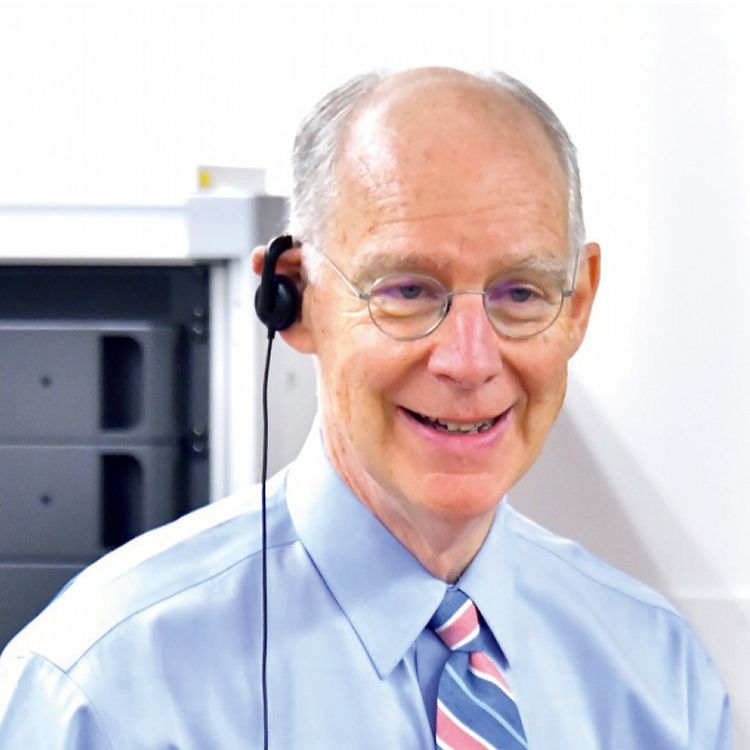
Joseph L. Badaracco,Jr. in Leadership.






























